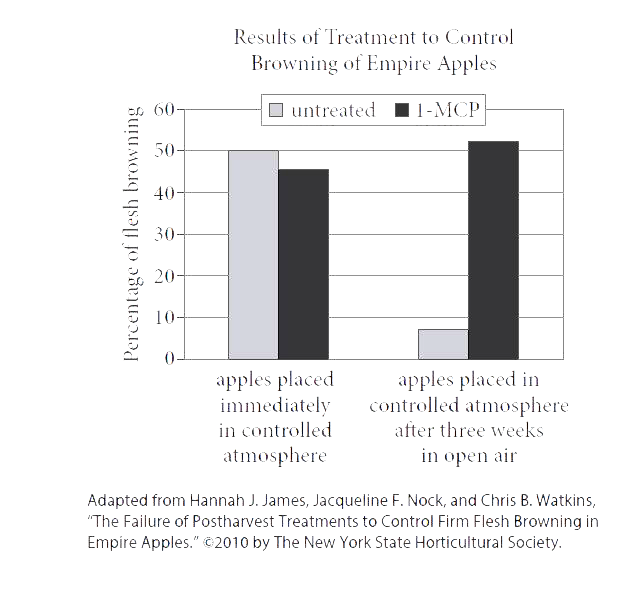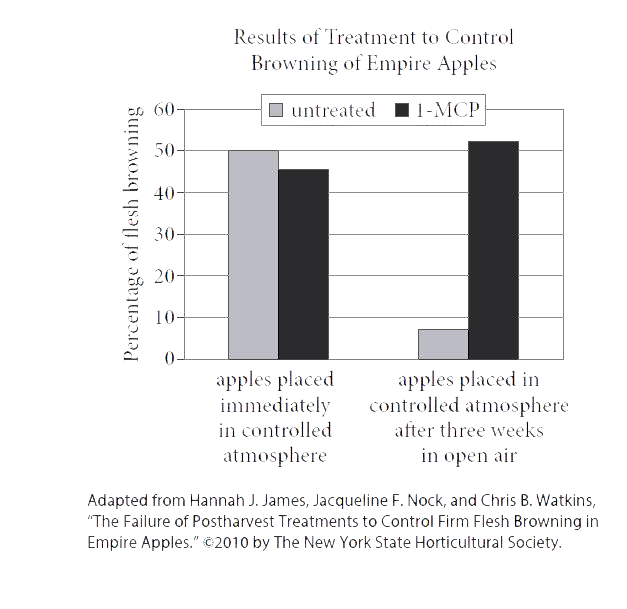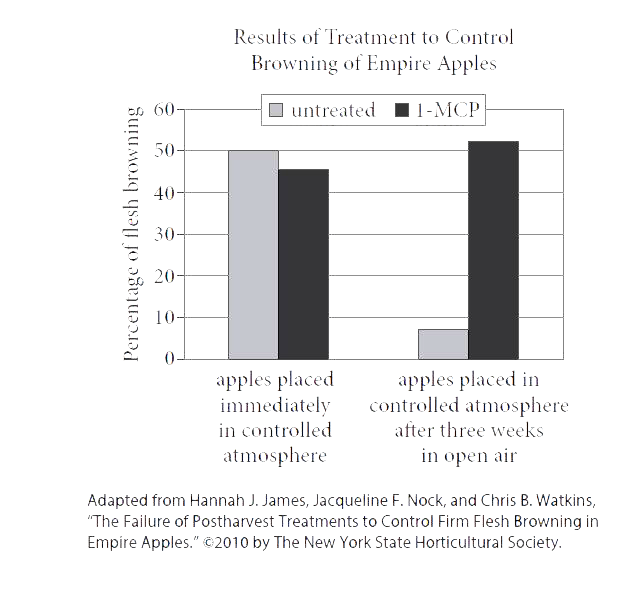A person shows strong unusual hypersensitive reaction when exposed to certain substance present in air.
List some symptoms related to this condition.
Symptoms like sneezing, watery eyes, running nose and difficulty in breathing etc. can appear.
Topper's Solved these Questions
- BOOK - VMC MODULES ENGLISHCHAPTER - HUMAN HEALTH & DISEASE EXERCISE - SOLVED PROBLEM20videos
HUMAN HEALTH & DISEASE
- BOOK - VMC MODULES ENGLISHCHAPTER - HUMAN HEALTH & DISEASE EXERCISE - PRACTICE EXERCISE-16videos
HUMAN HEALTH & DISEASE
- BOOK - VMC MODULES ENGLISHCHAPTER - EVOLUTION EXERCISE - IMPECCABLE54videos
EVOLUTION
- BOOK - VMC MODULES ENGLISHCHAPTER - HUMAN HEALTH AND DISEASEEXERCISE - IMPECCABLE54videos
HUMAN HEALTH AND DISEASE
Similar Questions
A person shows strong unusual hypersensitive reaction when exposed to certain substance present in air.
Mention the term used for these substances.View SolutionA person shows strong unusual hypersensitive reactions when exposed to certain substances present in the air. Indentify the condition. Name the cells respondible for such reactions. What precaution should be taken to avoid such reactions.
View Solution
Knowledge Check
- Question 1 - Select One
Emile Durkheim, the first person to be formally recognized as a sociologist and the most scientific of the pioneers, conducted a study that stands as a research model for sociologists today. His investigation of suicide was, in fact, the first sociological study to use statistics. In suicide (1964, originally published in 1897) Durkheim documented his contention that some aspects of human behavior - even something as allegedly individualistic as suicide - can be explained without reference to individuals.
Like all of Durkheim's work, suicide must be viewed within the context of his concern for social integration. Durkheim wanted to see if suicide rates within a social entity (for example, a group, organization, or society) are related to the degree to which individuals are socially involved (integrated and regulated).
Durkheim describes three types of suicide: egoistic, anomic, and altruistic. Egoistic suicide is promoted when individuals do not have sufficient social ties. Since single (never married) adults, for example, are not heavily involved with the family life, they are more likely to commit suicide than are married adults. Altruistic suicide on the other hand, is more likely to occur when social integration is too strong. The ritual suicide of Hindu widows on their husbands funeral pyres is one example. Military personnel, trained to lay down their lives for their country, provide another illustration.
Durkheim's third type of suicide - anomic suicide increases when the social regulation of individuals is disrupted. For example, suicide rates increase during economic depressions. People who suddenly find themselves without a job or without hope of finding one are more prone to kill themselves. Suicides may also increase during period of prosperity. People may loosen their social ties by taking new jobs, moving to new communities, or finding new mates. Using data from the government population reports of several countries (much of it from the French Government Statistical Office), Durkheim found strong support for his line reasoning. Suicide rates were higher among single than married people, among military personnel than civilians, among divorced than married people, and among people involved in nationwide economic crises.
It is important to realize that Durkheim's primary interest was not in the empirical (observations) indicators he used such as suicide rates among military personnel, married people, and so forth. Rather, Durkheim used the following indicators to support several of his contentions: (1) Social behavior can be explained by social rather than psychological factors, (2) suicide is affected by the degree of integration and regulation within social entities, and (3) Since society can be studied scientifically, sociology is worthy of recognition in the academic world. Durkheim was successful on all three counts.
For each word given below choose the correct meaning (as used in the passage) from the options provided:
contentionAa factBan assertion, especially one maintained in argumentCa tentative solutionDa statement - Question 2 - Select One
How Do You Like Those Apples? Marketed as SmartFresh, the chemical 1-MCP (1-methylcyclopropene) has been used by fruit growers since 2002 in the United States and elsewhere to preserve the crispness and lengthen the storage life of apples and other fruit, which often must travel long distances before being eaten by consumers. 23 1-MCP lengthens storage life by three to four times when applied to apples. This extended life allows producers to sell their apples in the off-season, months after the apples have been harvested. And at a cost of about one cent per pound of apples, 1-MCP is a highly cost-effective treatment. However, 1-MCP is not a panacea for fruit producers or sellers: there are problems and limitations associated with its use.[1] 1-MCP works by limiting a fruit’s production of ethylene, 24 it is a chemical that causes fruit to ripen and eventually rot. [2] While 1-MCP keeps apples 25 tight and crisp for months, it also limits 26 their scent production. [3] This may not be much of a problem with certain kinds of apples that are not naturally very fragrant, such as Granny Smith, but for apples that are prized for their fruity fragrance, such as McIntosh, this can be a problem with onsumers, 27 that will reject apples lacking the expected aroma. [4] But some fruits do not respond as well to 1-MCP as others 28 did, and some even respond adversely. [5] Furthermore, some fruits, particularly those that naturally produce a large amount of ethylene, do not respond as well to 1-MCP treatment. [6] Take Bartlett 29 pears, for instance, unless they are treated with exactly the right amount of 1-MCP at exactly the right time, they will remain hard and green until they rot, and consumers who experience this will be unlikely to purchase them again. 30 Finally, researchers have found that 1-MCP actually increases susceptibility to some pathologies in certain apple varieties. For example, Empire apples are prone to a condition that causes the flesh of the apple to turn brown. Traditionally, apple producers have dealt with this problem by leaving the apples in the open air for three weeks before storing them in a controlled atmosphere with tightly regulated temperature, humidity, and carbon dioxide levels. As the graph shows, the flesh of untreated Empire apples that are first stored in the open air undergoes 31 roughly five percent less browning than the flesh of untreated Empire apples that are immediately put into storage in a controlled environment. However, when Empire apples are treated with 1-MCP, 32 their flesh turns brown when the apples are first stored in the open air, though not under other conditions. Although researchers continue to search for the right combination of factors that will keep fruits fresh and attractive, 33 the problem may be that consumers are overly concerned with superficial qualities rather than the actual freshness of the fruit.

Which choice most effectively combines the underlined sentences?AWhen applied to apples, 1-MCP lengthens storage life by three to four times, allowing producers to sell their apples in the off-season, months after the apples have been harvested.BProducers are allowed to sell their apples months after they have been harvested—in the off-season—because 1-MCP, when applied to apples, lengthens their storage life by three to four timesC1-MCP lengthens storage life, when applied to apples, by three to four times, allowing producers to sell their apples months after the apples have been harvested in the off-season.DMonths after apples have been harvested, producers are allowed to sell their apples, in the off-season, because 1-MCP lengthens storage life when applied to apples by three to four times. - Question 3 - Select One
How Do You Like Those Apples? Marketed as SmartFresh, the chemical 1-MCP (1-methylcyclopropene) has been used by fruit growers since 2002 in the United States and elsewhere to preserve the crispness and lengthen the storage life of apples and other fruit, which often must travel long distances before being eaten by consumers. 23 1-MCP lengthens storage life by three to four times when applied to apples. This extended life allows producers to sell their apples in the off-season, months after the apples have been harvested. And at a cost of about one cent per pound of apples, 1-MCP is a highly cost-effective treatment. However, 1-MCP is not a panacea for fruit producers or sellers: there are problems and limitations associated with its use.[1] 1-MCP works by limiting a fruit’s production of ethylene, 24 it is a chemical that causes fruit to ripen and eventually rot. [2] While 1-MCP keeps apples 25 tight and crisp for months, it also limits 26 their scent production. [3] This may not be much of a problem with certain kinds of apples that are not naturally very fragrant, such as Granny Smith, but for apples that are prized for their fruity fragrance, such as McIntosh, this can be a problem with consumers, 27 that will reject apples lacking the expected aroma. [4] But some fruits do not respond as well to 1-MCP as others 28 did, and some even respond adversely. [5] Furthermore, some fruits, particularly those that naturally produce a large amount of ethylene, do not respond as well to 1-MCP treatment. [6] Take Bartlett 29 pears, for instance, unless they are treated with exactly the right amount of 1-MCP at exactly the right time, they will remain hard and green until they rot, and consumers who experience this will be unlikely to purchase them again. 30 Finally, researchers have found that 1-MCP actually increases susceptibility to some pathologies in certain apple varieties. For example, Empire apples are prone to a condition that causes the flesh of the apple to turn brown. Traditionally, apple producers have dealt with this problem by leaving the apples in the open air for three weeks before storing them in a controlled atmosphere with tightly regulated temperature, humidity, and carbon dioxide levels. As the graph shows, the flesh of untreated Empire apples that are first stored in the open air undergoes 31 roughly five percent less browning than the flesh of untreated Empire apples that are immediately put into storage in a controlled environment. However, when Empire apples are treated with 1-MCP, 32 their flesh turns brown when the apples are first stored in the open air, though not under other conditions. Although researchers continue to search for the right combination of factors that will keep fruits fresh and attractive, 33 the problem may be that consumers are overly concerned with superficial qualities rather than the actual freshness of the fruit.

Which choice offers an accurate interpretation of the data in the graph?ANO CHANGEBslightly more browning thanCtwice as much browning asDsubstantially less browning than
A non-infectious unnatural and unusual reaction of a person to any substance or condition for which he is hypersensitive is termed as
View SolutionWhen ether is exposed to air for some time, an explosive substance produced is :
View SolutionGive suitable chemical terms for the following:
Certain water soluble substances, when exposed to the atmosphere at ordinary temperatures, absorb moisture from the atmospheric air becomes moist and dissolve in the absorbed water.View SolutionA sulphate salt of group 2 element of the periodic tables is a white soft substance which can be moulded in to different shapes by making its dough. When this compound is left in open for some time, it becomes a solid mass and cannot be used for moulding purposes . Identify the sulphates salt and why does it show such a behaviour ? Give the reaction involved .
View SolutionHow Do You Like Those Apples? Marketed as SmartFresh, the chemical 1-MCP (1-methylcyclopropene) has been used by fruit growers since 2002 in the United States and elsewhere to preserve the crispness and lengthen the storage life of apples and other fruit, which often must travel long distances before being eaten by consumers. 23 1-MCP lengthens storage life by three to four times when applied to apples. This extended life allows producers to sell their apples in the off-season, months after the apples have been harvested. And at a cost of about one cent per pound of apples, 1-MCP is a highly cost-effective treatment. However, 1-MCP is not a panacea for fruit producers or sellers: there are problems and limitations associated with its use.[1] 1-MCP works by limiting a fruit’s production of ethylene, 24 it is a chemical that causes fruit to ripen and eventually rot. [2] While 1-MCP keeps apples 25 tight and crisp for months, it also limits 26 their scent production. [3] This may not be much of a problem with certain kinds of apples that are not naturally very fragrant, such as Granny Smith, but for apples that are prized for their fruity fragrance, such as McIntosh, this can be a problem with consumers, 27 that will reject apples lacking the expected aroma. [4] But some fruits do not respond as well to 1-MCP as others 28 did, and some even respond adversely. [5] Furthermore, some fruits, particularly those that naturally produce a large amount of ethylene, do not respond as well to 1-MCP treatment. [6] Take Bartlett 29 pears, for instance, unless they are treated with exactly the right amount of 1-MCP at exactly the right time, they will remain hard and green until they rot, and consumers who experience this will be unlikely to purchase them again. 30 Finally, researchers have found that 1-MCP actually increases susceptibility to some pathologies in certain apple varieties. For example, Empire apples are prone to a condition that causes the flesh of the apple to turn brown. Traditionally, apple producers have dealt with this problem by leaving the apples in the open air for three weeks before storing them in a controlled atmosphere with tightly regulated temperature, humidity, and carbon dioxide levels. As the graph shows, the flesh of untreated Empire apples that are first stored in the open air undergoes 31 roughly five percent less browning than the flesh of untreated Empire apples that are immediately put into storage in a controlled environment. However, when Empire apples are treated with 1-MCP, 32 their flesh turns brown when the apples are first stored in the open air, though not under other conditions. Although researchers continue to search for the right combination of factors that will keep fruits fresh and attractive, 33 the problem may be that consumers are overly concerned with superficial qualities rather than the actual freshness of the fruit.

To make this paragraph most logical sentcence 4 should be placedView Solution
